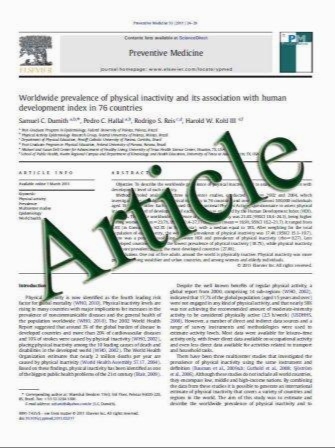Causes of neurological deficits following clipping of 200 consecutive ruptured aneurysms in patients with good-grade aneurysmal subarachnoid haemorrhage
- نوع فایل : کتاب
- زبان : انگلیسی
- مؤلف : Diederik O. Bulters & Thomas Santarius & H. Ling Chia & Richard A. Parker & Rikin Trivedi & Peter J. Kirkpatrick & Ramez W. Kirollos
- چاپ و سال / کشور: 2010
Description
Background The surgical risk of unruptured aneurysms is well quantified. Although the outcomes for ruptured aneurysms are also well described, due to the concurrent morbidity from the natural history of the haemorrhage, the relative contributions of surgery and natural history to outcome following aneurysmal subarachnoid haemorrhage (SAH) is not. Our aim was to quantify these risks. Methods This was a retrospective case note and radiological review of 200 patients with aneurysmal World Federation of Neurological Surgeons grade 1 or 2 SAH, treated with surgical clipping over a period of 3 years. Cases were reviewed to establish the incidence of surgical complications. Outcome was assessed at 3-month follow-up on Glasgow outcome score and the influence of surgical complications on this was assessed. Results Thirty-seven patients suffered a surgical complication (19%). Over one half (19/37) were due to a vascular injury and 13 of those resulted in an unfavourable outcome (7% of all operations). The remainder of the patients who suffered a surgical complication (18/37) included those with direct brain injury, cranial nerve injury, post-operative haematoma and bone flap infection. Of those, only two cases resulted in poor outcome (1% of operations). In total, 22 patients had an unfavourable outcome (11%). In 15 (8%), surgical complications were deemed the major contributory factor. Conclusions Overall, surgically treated good-grade SAH has a good outcome. The majority of poor outcomes are due to surgical complications and most of these are vascular. Careful preservation of perforators and accurate clip placement remain the key factors in determining outcome in surgically treated good-grade SAH.
Acta Neurochir (2011) 153:295–303 Received: 18 September 2010 / Accepted: 22 November 2010 / Published online: 14 December 2010


